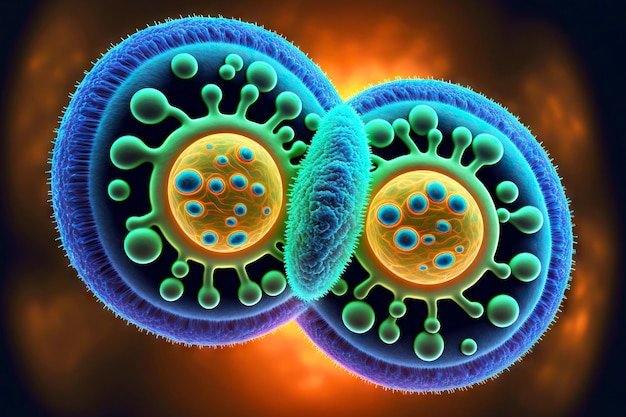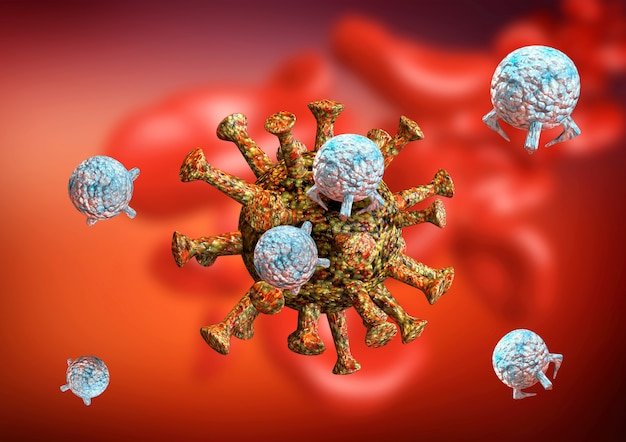Health matters (01)
Hello steemians, welcome to my blog, thanks to @sahmie for organizing this contest which talks about Infectious Diseases. I hope you are all health concious inorder to keep being fit? I invite @joslud @el-nailul @disconnect to join me in this contest.
Infectious diseases are also known as communicable or contagious diseases. They are diseases caused by an agent, often a type of microorganism that impairs a person's health. They can be spread from person to person either directly e.g. through skin contact or indirectly e.g. through contaminated food or water. Some infectious diseases are minor while some are very serious.
The groups of organisms that cause infectious diseases are categorized as bacteria, viruses, fungi and parasites.
HOW INFECTIOUS DISEASES IS SPREAD
AIRBORNE TRANSMISSION: This occurs when infectious agents are carried by dust suspended in the air e.g. chicken pox, measles, tuberculosis etc.
RESPIRATORY (DROPLET) TRANSMISSION: It is spread from person to person by droplets of moisture released from the upper respiratory tract either by coughing or sneezing e.g. flu, common cold, rubella etc.
STD's: This happens when a non infected person comes in contact with an infected person's semen and vaginal secretions e.g. gonorrhoea, genital warts etc.
ANIMAL OR INSECT TRANSMISSION: This occurs when a non infected person comes in contact with these. Examples of diseases caused by animals are rabies, toxoplasmosis, cat-scratch etc and those caused by insects are malaria, dengue fever, ross river virus infection etc.
FOOD OR WATER: Many germs spread in this way through contact with faeces and then with the mouth (faeco-oral) e.g. cholera, salmonella etc.
BLOOD OR OTHER BODY FLUIDS: Some diseases like Hepatitis B & C can be gotten through blood and some through body fluids e.g. urine, breastmilk etc.
FROM MOTHER TO HER UNBORN CHILD: It can be spread through the placenta or during delivery or both e.g chicken pox, rubella, hepatitis B etc.
BY WATER OR SOIL: It can be gotten from contaminated water as well e.g. amoebic meningitis, tetanus etc.
However, some precautionary measures can be observed to prevent transmission, these are:
Wash your hands regularly especially after performing exercises like using the rest room, changing diapers, before meal preparations or eating, after blowing your nose, after caring for a sick person etc.
Keep immunizations up-to-date ( For children and adults and even pets too)
Carefully prepare meals
Use antibiotics only for infections caused by bacteria
Avoid insect bites
Be careful around wild and domestic animals that are unfamiliar to you
Practice safe sex and avoid sex with an injecting drug user.
DIFFERENCES BETWEEN BACTERIA AND VIRAL INFECTIONS AND TREATMENT
 source
source
Image of Bacteria
 source
source
Image of Virus
LIVING/NON LIVING: Bacteria are living single cells organisms that can survive on their own inside or outside the body WHILE virus are non-living things that causes infections by entering and multiplying inside the host's healthy cells.
They can both cause similar symptoms like fever, increased heart beat, fatigue, etc.SIZE: Bacteria are large in size ranging from 900-1000mm WHILE virus are smaller in size ranging from 30-50mm.
OUTER CELL WALL: Bacterial cell wall is made up of peptidoglycan WHILE virus do not contain a cell wall. The genetic material is enveloped by a protein coat known as a capsid.
MODE OF REPRODUCTION: Bacteria reproduce asexually WHILE virus insert their genome in the host genome and make multiple copies.
HOST DEPENDENCE: Bacteria host independent reproduction WHILE virus host dependent reproduction.
RIBOSOMES: Bacteria has the presencenof ribosomes WHILE virus do not have
INFECTIONS: Bacteria are generally localized infection e.g pneumonia WHILE virus are generally systemic e.g flu.
DISEASES: Bacterial diseases include food poisoning, typhoid,meningitis etc WHILE that of virus includes cold, polio, small pox, AIDS etc.
TREATMENT: Bacterial treatment uses antibiotics WHILE virus uses vaccines and antiviral drugs.
Socioeconomic factors can affect how well and how long we live. Social and economic opportunities help communities live longer and healthier lives.
Low income can lead to housing instability, poor nutrition and living in polluted and noisy areas all of which increases the risk for disease.
Communities that are facing discrimination and are being cut off from investments have fewer socioeconomic opportunities. These affects people living in the rural areas and children may be significantly impacted as well.
HEALTH IS WEALTH, please be health concious and stay safe always.
Thank you for reading my post
Very informative post! You've covered a wide range of topics related to infectious diseases, from transmission to treatment. I appreciate the attention to detail and the use of simple language to explain complex concepts. Thanks for sharing ✨
Stay happy and healthy
Thanks for ur comments
@tipu curate
;) Holisss...
--
This is a manual curation from the @tipU Curation Project.
Upvoted 👌 (Mana: 4/8) Get profit votes with @tipU :)